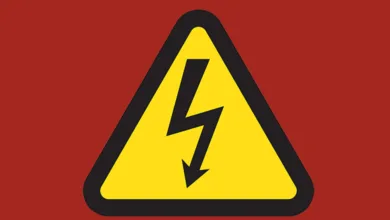Social Security and Income Tax—

When does good news become bad news?
fyi50+: Tax season is in full swing! Those of us collecting Social Security receive an SSA-1099 form to include when filing. I asked David Freitag to explain the importance of the SSA-1099 and what it means to you as a taxpayer.
David: Heidi, the SSA-1099 is the government’s way of letting you know how much you received in benefits. Everyone collecting Social Security benefits will receive a copy of the SSA-1099.
Many of the rules governing Social Security benefits and funding were proposed by the Greenspan Commission in 1983. President Reagan signed these proposals into law the same year. The IRS was then tasked with the job of how to implement income taxes on Social Security benefits.
They devised a new term and calculation called “Combined Income.” Combined Income is your adjusted gross income plus non-taxable interest plus one-half of your Social Security benefit.
The SSA-1099 includes all your Social Security benefits paid in the year. However, to qualify for income tax on that benefit, notice you only have one-half of the benefits.
To illustrate, assume Bob and Mary each collect $2,400 a month from Social Security, totaling $57,600 a year. To find their Combined Income, we start with their adjusted gross income of $60,000 and add $5,000 in non-taxable interest (income from a municipal bond) and $28,800 (half of their Social Security benefits). That number of $93,800 is their Combined Income for the year.
Since Bob and Mary, who are filing a joint tax return for the year, have more than $44,000 in Combined Income, their Social Security benefits will face an income tax. For a single person, the Combined Income test reduces to $25,000.
The amazing thing about these tax thresholds is they have not been indexed for inflation. Because the thresholds are not indexed, as retirement income increases, more and more people will be paying income tax on Social Security benefits, and that is when the good news of higher income becomes the bad news. As your income increases, more and more of your Social Security benefits become exposed to income tax.
There is some excellent news about how Social Security benefits are taxed. Remember, the amount reported on your Social Security benefits is capped at 85%. You will never report a full 100% of the benefit, no matter how much income you have in the year.
You can see the difference when you compare a Social Security check to a distribution from an IRA. Traditional IRA distributions are reported at 100%. When you take a dollar from an IRA, it is all reported. When you receive a dollar from Social Security, the maximum amount you would ever report is 85%. That gives the Social Security check more buying power in retirement than money taken from a traditional IRA account.
There is another bit of good news. For most states, Social Security income is not taxed at all. I know several states do not have individual income tax, but many states do have income tax. For most (but not all) of those states that have income tax, Social Security benefits are excluded from their tax calculation.





